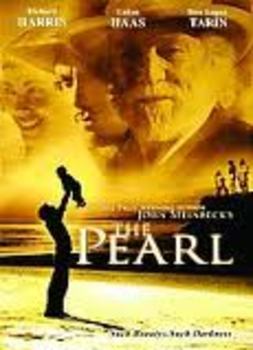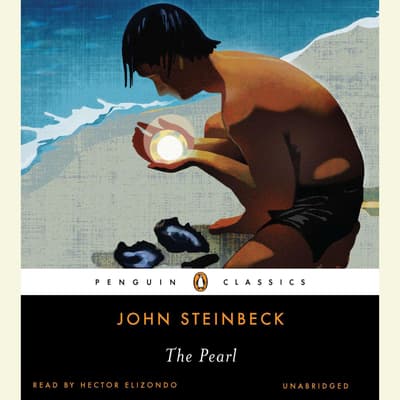


There aren’t even many markers of what’s happening in the outside world Jude moves to a loft in SoHo as a young man, but we don’t see the neighborhood change from gritty artists’ enclave to glitzy tourist destination. There isn’t a single significant female character, and for a long novel, there isn’t much plot. Two of them are gay, one straight and one bisexual. Yanagihara ( The People in the Trees, 2013) takes the still-bold leap of writing about characters who don’t share her background in addition to being male, JB is African-American, Malcolm has a black father and white mother, Willem is white, and “Jude’s race was undetermined”-deserted at birth, he was raised in a monastery and had an unspeakably traumatic childhood that’s revealed slowly over the course of the book. A parable, this, with no attempt to add to its simple pattern.įour men who meet as college roommates move to New York and spend the next three decades gaining renown in their professions-as an architect, painter, actor and lawyer-and struggling with demons in their intertwined personal lives.

In sorrow and humility, he returns with his Juana to the ways of his people the pearl is thrown into the sea. Then- and then only- does he concede defeat. But with the pearl, evil enters the hearts of men:- ambition beyond his station emboldens Kino to turn down the price offered by the dealers- he determines to go to the capital for a better market the doctor, hearing of the pearl, plants the seed of doubt and superstition, endangering the child's life, so that he may get his rake-off the neighbors and the strangers turn against Kino, burn his hut, ransack his premises, attack him in the dark - and when he kills, in defense, trail him to the mountain hiding place- and kill the child. The baby is responding to the treatment his mother had given. They dare brave the terrors of a foreign doctor, only to be turned away when all they can offer in payment is spurned. A young couple content with the humble living allowed them by the syndicate which controls the sale of the mediocre pearls ordinarily found, find their happiness shattered when their baby boy is stung by a scorpion. Steinbeck's peculiarly intense simplicity of technique is admirably displayed in this vignette - a simple, tragic tale of Mexican little people, a story retold by the pearl divers of a fishing hamlet until it has the quality of folk legend.


 0 kommentar(er)
0 kommentar(er)
